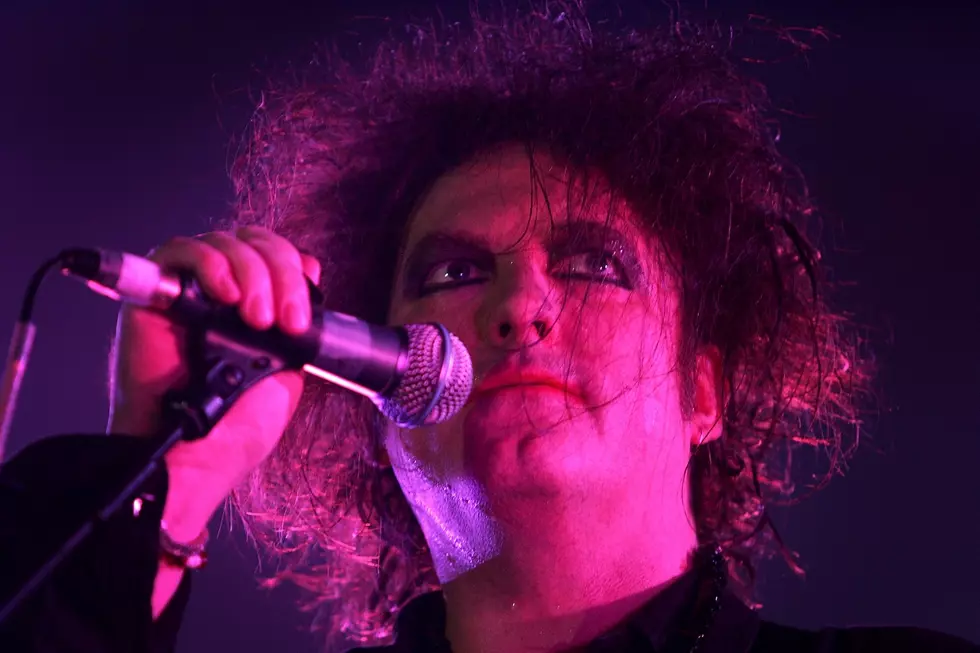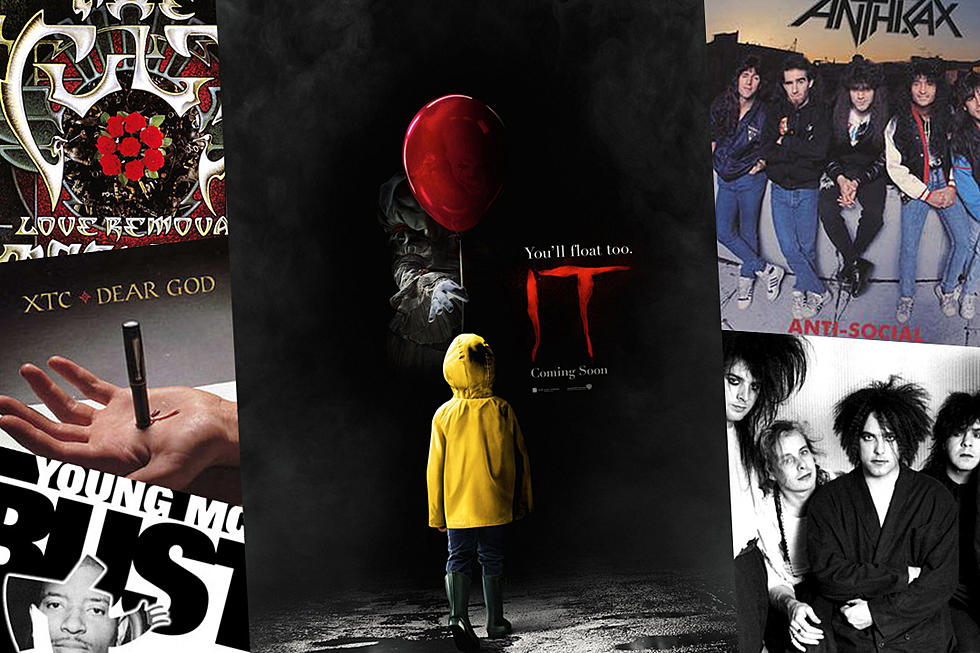
29 Years Ago: The Cure’s ‘The Top’ Album Released
Following 1982’s ‘Pornography,’ one of the Cure’s gloomiest albums, the band went through a restructure of sorts. Frontman Robert Smith discarded, for the most part, the dark, murky goth that populated the band’s fourth album and replaced it with bouncier synth-pop. The first three singles that emerged from this reshuffling – ‘Let’s Go to Bed,’ ‘The Walk’ and ‘The Love Cats’ – put a new face on the Cure and set them up for their next album.
But before the group entered the studio to record ‘The Top,’ Smith found himself at odds with his bandmates. Bassist Simon Gallup had already quit prior to the string of synth-pop singles after an argument with Smith. And now he was basically alone as he started recording their fifth album. In the end, ‘The Top’ is essentially a Smith solo record on which he played every instrument but drums and saxophone.
Given the Cure’s changes around this time, the lineup shift isn’t all that noticeable. The music on ‘The Top,’ which celebrates its 29th anniversary today, follows the springy path laid out by the previous year’s singles with a few detours for some ‘Pornography’-style desolation. The songs are moody (‘Shake Dog Shake’) and elastic (‘The Caterpillar’). And they ultimately reflect a band in transition – anchorless and drifting toward the next stage of their career.
Because 1983’s singles, which were collected on the ‘Japanese Whispers’ compilation, found an audience on MTV, ‘The Top’ became the Cure’s first album to chart in the U.S. It reached No. 180. Its only single, ‘The Caterpillar,’ didn’t do as well, but it climbed into the Top 15 in the U.K. The next year, Gallup was back, the music sharpened, and ‘The Head on the Door’ kicked off the band’s string of classic ‘80s records that led to their legend. ‘The Top’ is the bridge that got them there.
Watch the Cure's Video for 'The Caterpillar'
More From Diffuser.fm









